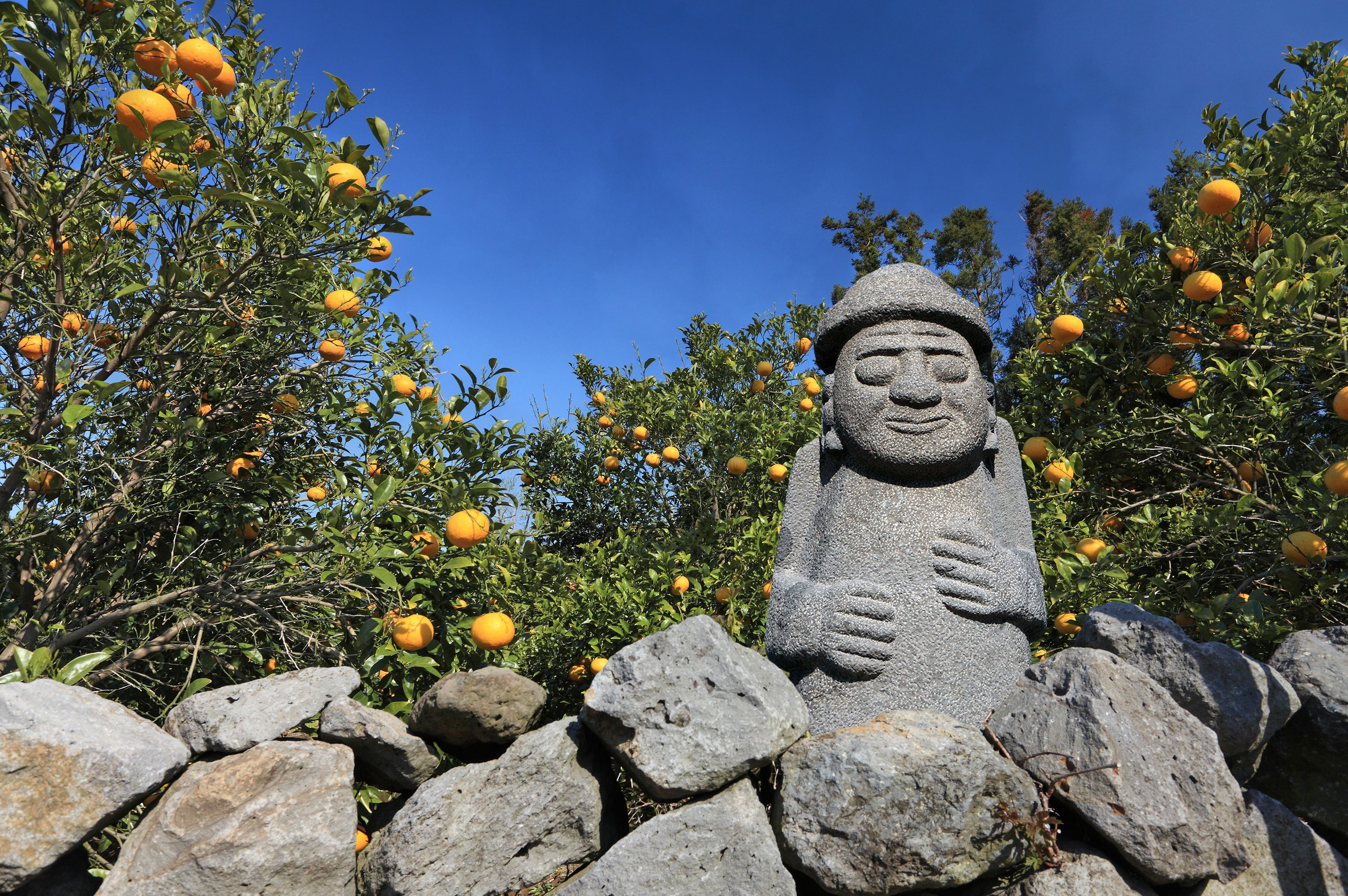Hal yang dapat dilakukan di Jeju 2024 | Pelago oleh Singapore Airlines

Pesan aktivitas yang dapat dilakukanJeju
Hal populer yang dapat dilakukan di Jeju
Perlengkapan perjalanan penting untuk Jeju
Daftar untuk menikmati diskon 10% pada 2 pesanan pertama Anda
Apa yang dikatakan wisatawan
Jelajahi Jeju menurut minat
Mengapa memesan di Pelago?
Jaminan harga terbaik
Pelayanan unggulan
Terhubung dengan kebudayaan
Pertanyaan yang sering diajukan
Tentang Jeju
Jeju is a volcanic island located off the southern coast of South Korea, known for its stunning natural landscapes, including beaches, waterfalls, and lava tubes. The currency used in Jeju is the South Korean Won. The island is also famous for its unique culture and traditional haenyeo (female divers) who harvest seafood. Visitors can explore the UNESCO-listed Geomunoreum Lava Tube System and hike up Hallasan, South Korea's highest mountain.
When to visit
The best time to visit Jeju is during the spring months of April and May when the cherry blossoms are in full bloom, or in the fall months of September and October when the weather is mild. Summers can be hot and humid, while winters are cold with occasional snow. Typhoon season typically occurs from July to September, so it's best to avoid these months.
Getting around
Getting around Jeju is easy with a variety of transportation options including rental cars, taxis, buses, and scooters. The island is well-connected by a network of roads, making it convenient to explore. Visitors can also take advantage of guided tours or rent bicycles to explore the scenic coastal roads.
Traveller tips
Make sure to try Jeju's famous black pork BBQ and fresh seafood dishes. It's also recommended to visit the Jeju Folklore and Natural History Museum to learn more about the island's history and culture. Don't forget to pack comfortable walking shoes and sunscreen for outdoor activities. English may not be widely spoken, so it's helpful to learn a few basic Korean phrases. Lastly, be respectful of local customs and traditions, such as removing shoes before entering homes or temples.